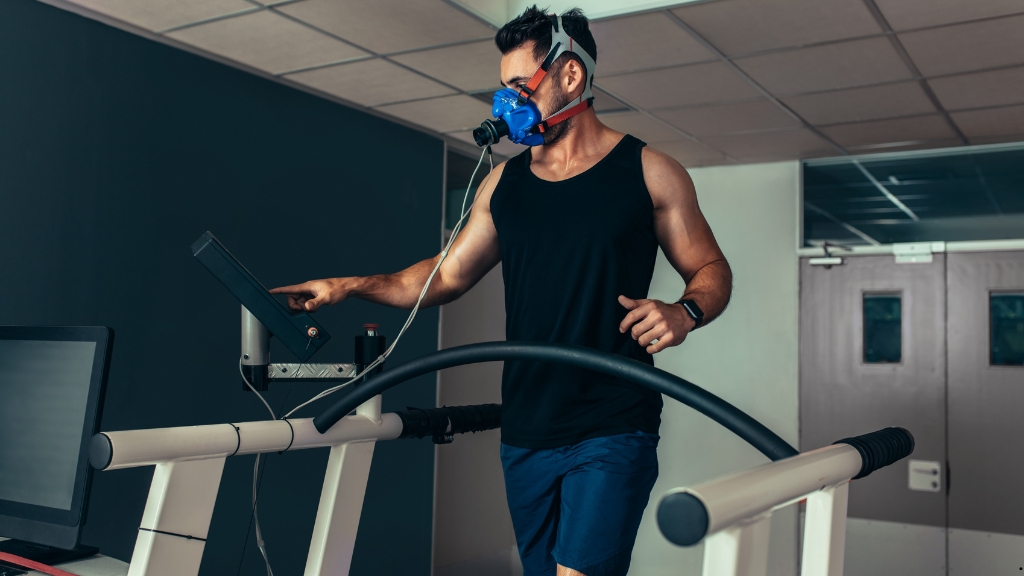
When it comes to pushing athletic limits, it’s no longer just about raw talent or relentless practice. Sports science has transformed how athletes train, recover, and perform, blending cutting-edge research with strategic techniques. This fusion has created a new era where data-driven decisions and innovative methods give competitors an undeniable edge.
I’ve always been fascinated by how science and strategy intersect to unlock peak performance. From advanced biomechanics to personalized recovery plans, these techniques don’t just enhance physical capabilities—they redefine what’s possible. Whether you’re an elite athlete or just curious about the science behind success, understanding these methods can revolutionize how we view sports and performance.
The Intersection Of Sports Science And Strategy
Sports science and strategy converge when data informs practical decisions in training, competition, and recovery. Advanced metrics like VO2 max, lactate thresholds, and muscle activation patterns guide athletes’ performance goals, translating physiological data into actionable plans. This integration ensures every decision aligns with measurable outcomes.
Strategic planning leverages wearable technology and video analysis to track progress. For example, GPS trackers record movement patterns while heart rate monitors evaluate physical exertion during matches. Coaches use this data to create tailored game plans, directly connecting scientific insights with tactical execution.
Psychological readiness also embodies this intersection. Mental conditioning techniques, like visualization and mindfulness, sharpen focus before high-pressure events. Neurofeedback tools measure concentration levels, pairing psychology with science to optimize cognitive function.
Injury prevention exemplifies how strategy incorporates sports science. Biomechanical assessments identify movement inefficiencies that could lead to injuries. Strengthening protocols based on these assessments reduce risks and prolong athletic careers, blending physical insights with preparation strategies.
Game strategies evolve when sports science uncovers new performance-enhancing methods. For example, recovery techniques such as cryotherapy and sleep optimization, grounded in science, maximize energy levels and readiness for competition. Strategic adjustments based on these methods give teams a competitive edge.
Key Performance Metrics In Modern Sports
Athletes’ performance relies on tracking critical metrics that provide actionable insights. These metrics cover both physical capabilities and mental attributes, shaping overall effectiveness.
Physical Metrics: Strength, Speed, And Stamina
Physical metrics quantify athletes’ capacity for peak performance during training and competition. Strength measurements, like a maximum deadlift or squat, evaluate muscular power and endurance. Speed assessments, such as sprint times over 100 meters, identify the ability to generate explosive force. Stamina, often monitored through VO2 max values or heart rate variability, reflects how efficiently athletes sustain performance over time. By analyzing these data points, coaches adjust training regimens to target strengths or address weaknesses.
Mental Metrics: Focus, Decision-Making, And Resilience
Mental metrics measure cognitive and emotional capacities impacting game performance. Focus levels, tracked using neurofeedback tools, determine athletes’ ability to maintain concentration under pressure. Decision-making effectiveness includes reaction times during high-stress scenarios, often analyzed through video breakdowns. Resilience scores, informed by psychological assessments or stress-monitoring devices, reveal how well athletes recover after setbacks. Incorporating mental conditioning strategies elevates these metrics, strengthening overall performance reliability.
Cutting-Edge Techniques For Performance Optimization
Innovative techniques integrate sports science and strategic insights to push athletic performance to new heights. Advanced tools and methodologies empower athletes to unlock their full potential.
Data Analysis And Wearable Technology
Data-driven insights revolutionize performance tracking. Wearable devices, such as GPS trackers and heart rate monitors, provide real-time metrics on speed, fatigue, and biomechanics. These tools pinpoint inefficiencies, allowing precise adjustments during training. For instance, motion sensors analyze stride frequency and power output in runners, leading to optimized technique. Coaches rely on this data to craft strategies that match athletes’ physical readiness with competitive demands.
Personalized Training Programs
Customized regimens maximize efficiency by targeting specific needs. Comprehensive assessments, including biomechanical evaluations and metabolic testing, form the foundation of individualized programs. Strength and conditioning plans are designed around specific performance goals, like enhancing agility or endurance. For example, athletes recovering from injuries benefit from rehabilitation programs incorporating functional strength exercises tailored to their physical limitations. Personalization ensures optimal development while minimizing overload risks.
Nutrition And Recovery Strategies
Strategic dietary choices and recovery methods accelerate performance gains. Macronutrient intake, hydration plans, and supplementation align with activity levels and competition schedules. Post-exercise recovery protocols, such as protein synthesis stimulation through targeted meals, promote muscle repair. Innovative methods like cryotherapy reduce inflammation, while guided sleep optimization fosters physical and mental recovery. These approaches enhance an athlete’s durability and readiness for peak performance.
The Role Of Psychology And Team Dynamics
Psychological readiness and effective team dynamics significantly influence performance outcomes. By integrating mental strategies and fostering cohesion, teams can achieve peak efficiency in training and competition.
Mental Toughness Training
Mental toughness directly impacts an athlete’s ability to perform under pressure. I rely on structured methods like visualization exercises, mindfulness practices, and goal-setting frameworks to strengthen focus and resilience. For instance, pre-competition visualization helps athletes mentally rehearse success scenarios, minimizing stress and boosting confidence. Mindfulness improves adaptability, enabling players to remain calm in high-stakes situations.
Biofeedback tools complement mental conditioning, providing real-time insights into stress levels and emotional states. By monitoring variables like heart rate variability (HRV), athletes learn to regulate their responses, sustaining peak mental function during critical moments.
Enhancing Communication And Cohesion
Team success depends on effective communication and strong cohesion. Structured team-building activities foster trust and alignment, which enhances on-field collaboration. I encourage open feedback systems where athletes and coaches exchange insights, ensuring clarity in roles and strategies.
Technology also supports team dynamics, with video analysis highlighting interaction patterns and areas for improvement. For example, evaluating in-game communication gestures aids in fine-tuning collective strategies. Regular debriefing sessions address conflicts swiftly, maintaining harmony and shared focus on objectives. Dynamic teams adapt faster and capitalize on opportunities with greater precision.
Case Studies: Success Stories In High-Performance Sports
Sports science and strategy integration has transformed real-world outcomes for athletes and teams. Here are examples of how evidence-based techniques have driven success across individual and team contexts.
Examples Of Individual Athletes
Usain Bolt leveraged biomechanical analysis to refine his sprint technique, optimizing stride length and frequency. His unparalleled dominance in the 100m and 200m events demonstrated how precise adjustments elevated his performance.
Eliud Kipchoge utilized personalized nutrition plans and altitude training, paired with advanced pacing strategies informed by wearable GPS systems, to break the two-hour marathon barrier. His success highlighted the synergy of scientific planning and mental fortitude.
In tennis, Serena Williams emphasized the integration of strength training and recovery protocols, including cryotherapy and sleep optimization. This approach contributed to her longevity and peak performance across decades.
Team-Based Strategies And Achievements
The Golden State Warriors applied wearable technology to monitor player workloads, reducing injury rates during intense NBA seasons. Data-driven load management ensured sustained performance over multiple championships.
The English rugby team used motion-capture technology during training to detect movement inefficiencies. Coaches then created targeted drills, enhancing on-field agility and cohesion. This strategy led to a marked improvement in competitive outcomes.
In soccer, Liverpool FC adopted neurofeedback tools to train players for better decision-making under pressure. Combining this with video analysis of in-game communication patterns, the team improved tactical execution, culminating in Premier League and Champions League victories.
Conclusion
Sports science has redefined what’s possible in athletic performance, bridging the gap between raw talent and strategic precision. By blending data-driven insights with innovative techniques, athletes and teams can push boundaries, achieve peak performance, and gain a competitive edge.
This fusion of science and strategy not only elevates physical and mental capabilities but also transforms how we approach training, recovery, and teamwork. As advancements continue to emerge, the potential for unlocking new levels of excellence feels limitless.



